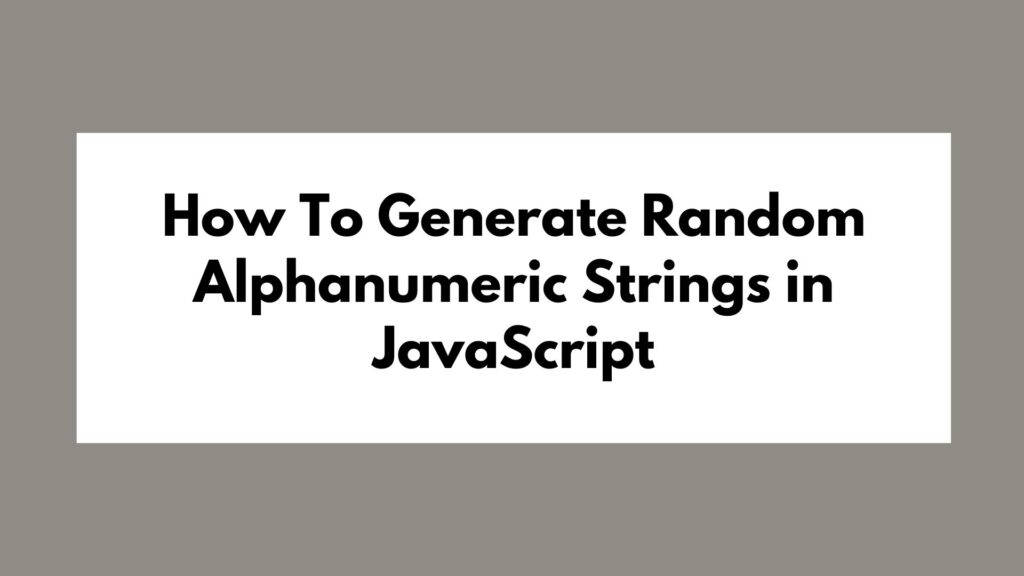
In the dynamic realm of web development, distinguishing between event.preventDefault() and event.stopPropagation() holds paramount importance for effective event management. These two methods serve distinct purposes in regulating event propagation within the Document Object Model (DOM). Let’s delve deeper into each method to understand their significance and application in web development.
Table of Contents
Understanding event.preventDefault()
The event.preventDefault() method plays a pivotal role in inhibiting the default action associated with an event. This default action could range from form submissions to link redirections or any other standard behavior linked to a specific event. By invoking event.preventDefault(), you can intercept the default action while permitting the event to continue propagating through its standard phases.
Implementing event.preventDefault(): A Practical Example
document.getElementById('myForm').addEventListener('submit', function(event) {
event.preventDefault();
// Additional custom logic can be executed here
});
In this illustration, when a form identified by the ID myForm is submitted, event.preventDefault() intervenes to prevent the default form submission behavior, enabling the execution of custom logic instead.
Unpacking event.stopPropagation()
Conversely, event.stopPropagation() is employed to halt the propagation of an event throughout the DOM. This signifies that upon invoking event.stopPropagation(), the event will cease from bubbling up to parent elements or triggering any additional event listeners affixed to ancestors.
Utilizing event.stopPropagation(): An Illustrative Scenario
document.getElementById('myButton').addEventListener('click', function(event) {
event.stopPropagation();
// Additional custom logic can be implemented here
});
In this code snippet, clicking a button designated by the ID myButton triggers the click event listener. By calling event.stopPropagation(), the event’s propagation is halted, ensuring it does not reach any other click event listeners attached to parent elements.
Key Disparities between event.preventDefault() and event.stopPropagation()
- Functional Distinction:
event.preventDefault()halts the default action tied to an event, whileevent.stopPropagation()prevents the event from traversing further through the DOM. - Propagation Control: While
event.stopPropagation()solely impacts the current event’s propagation,event.preventDefault()specifically targets preventing the default behavior of an event.
Conclusion
In summary, grasping the differentiation between event.preventDefault() and event.stopPropagation() empowers developers to finely tune event behaviors within web applications. By judiciously applying these methods, you can tailor event handling to meet precise requirements, thereby enriching user experience on your website.





